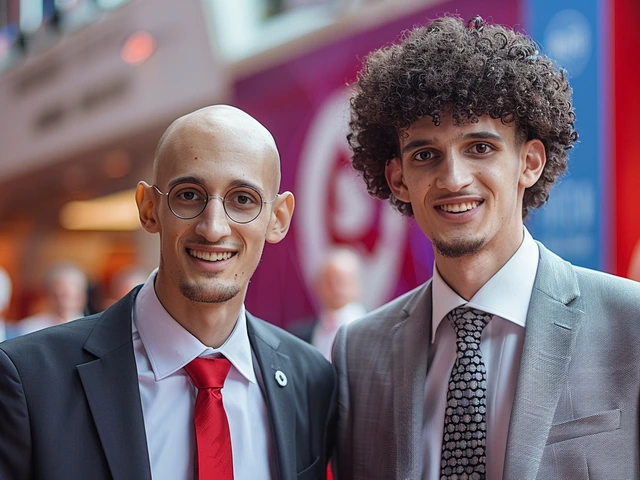Cancer Hoax: What’s Real and What’s Not
There’s a lot of buzz online about “cancer hoaxes” – from miracle cures to shocking claims that certain foods or products can cause cancer instantly. It’s easy to get confused, especially when a headline looks scary or promising. The good news? You don’t need a science degree to separate fact from fiction. Below we’ll break down the most common myths, show you quick ways to check credibility, and give you solid steps to stay informed.
Common Cancer Hoax Themes
Most cancer hoaxes fall into a few patterns. First, the miracle‑cure story: a single herb, vitamin, or “secret formula” that supposedly wipes out tumors in weeks. Second, the fear‑mongering angle: headlines that claim a common product – like a household cleaner or a popular food – is a hidden cancer killer. Third, the celebrity endorsement trick, where a well‑known name is quoted saying they beat cancer with an unconventional method. All three sound plausible because they play on hope or fear, but they rarely have real scientific backing.
For example, a viral post might claim that drinking a certain type of tea can cure breast cancer. In reality, credible studies may show that the tea has antioxidant properties, but no research proves it can eliminate tumors. The same goes for claims that everyday items like aluminum foil or Bluetooth devices cause cancer – the scientific consensus says there’s no causal link.
How to Spot a Cancer Hoax Quickly
Here are three quick checks you can do before sharing or believing a claim:
- Check the source. Reputable health sites (like WHO, CDC, or major cancer research institutes) use peer‑reviewed studies. If the article is from a personal blog with no citations, be skeptical.
- Look for scientific evidence. Real studies are published in journals and include details about sample size, methodology, and results. Vague statements like “studies show” without a link are red flags.
- Beware of absolute language. Phrases like “100% cure” or “guaranteed to prevent cancer” are unrealistic. Medicine always talks in probabilities, not certainties.
If a claim fails any of these checks, it’s likely a hoax or at least an exaggeration.
Another useful tip is to search the claim on fact‑checking sites such as Snopes or Health Feedback. They often have a quick verdict and explain why the claim is false or partially true.
When you do find reliable info, keep a list of trusted resources. Government health portals, major university medical centers, and recognized cancer charities are usually safe bets. Bookmarking these sites means you’ll have a go‑to place the next time a headline catches your eye.
Finally, remember that if something sounds too good to be true, it probably is. Cancer treatment is complex, and real progress comes from clinical trials, not overnight miracles. Staying skeptical doesn’t mean you’re dismissing science – it means you’re protecting yourself from misinformation that can cause unnecessary fear or false hope.
So the next time you scroll past a sensational claim about cancer, run it through the three quick checks above. You’ll save yourself time, worry, and possibly protect others from sharing false info. Knowledge is the best defense against hoaxes, and a clear, simple approach can keep you well‑informed without getting lost in the noise.






